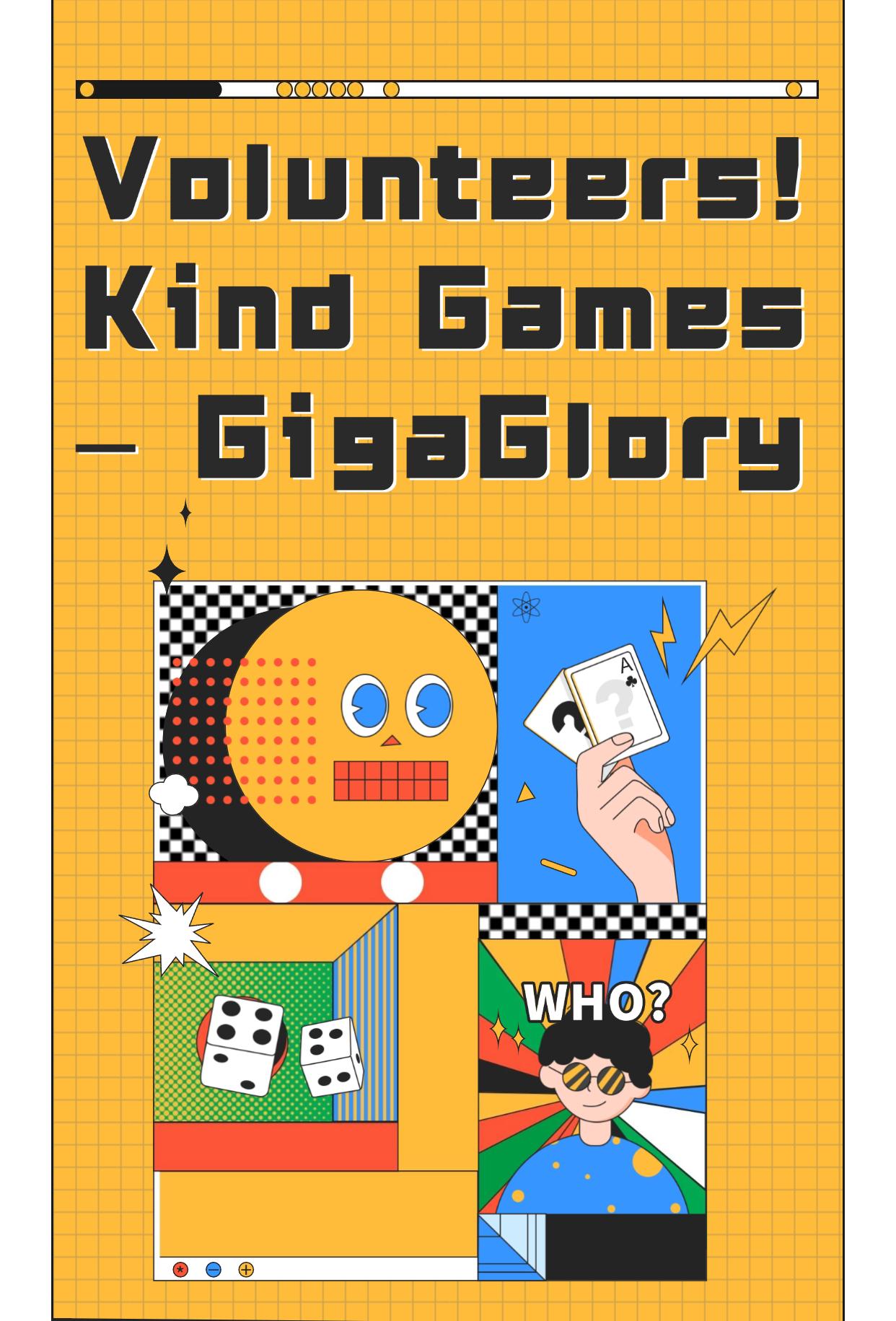Unlocking Fun and Learning: How Multiplayer Educational Games Are Transforming Learning Experiences
In today's fast-paced world, where technology and education intertwine seamlessly, multiplayer educational games have emerged as a revolutionary tool for enhancing learning experiences. These interactive platforms not only entertain but also educate, creating a unique environment for players. This article delves into the transformative power of multiplayer educational games and how they make learning more engaging.
What Are Multiplayer Educational Games?
Multiplayer educational games are digital platforms that allow multiple players to engage in educational activities simultaneously. This dynamic interaction fosters collaboration, critical thinking, and problem-solving skills. By integrating educational content with gaming elements, these games captivate players' attention and motivate them to explore and learn.
The Benefits of Multiplayer Educational Games
- Enhanced Collaboration: Players work together to solve problems, enhancing teamwork skills.
- Improved Engagement: Game mechanics make learning less tedious and more enjoyable.
- Diverse Learning Styles: Supports visual, auditory, and kinesthetic learners through interactive content.
- Instant Feedback: Players receive real-time information on their progress, allowing for adaptive learning approaches.
Examples of Popular Multiplayer Educational Games
| Game Title | Platform | Primary Focus |
|---|---|---|
| Kahoot! | Web, Android | General Knowledge Quizzes |
| Gimkit | Web | Learning Through Games |
| Quizizz | Web, Android | Gamified Quizzes |
How Multiplayer Games Foster a Fun Learning Environment
The competitive yet cooperative nature of multiplayer games fosters a fun learning environment. Players are more likely to engage deeply when they know that others are participating alongside them. The spirit of competition can motivate students to try harder to master challenging concepts. Also, having a “game night” vibe reduces stress typically associated with traditional learning models.
Key Features of Effective Multiplayer Educational Games
- Interactive Gameplay: Players must engage with the game mechanics to progress.
- Educational Content: Clear integration of learning objectives within the game.
- Feedback Systems: Real-time updates on performance guide players to improve.
- Customization: Allowing players to tailor their experience enhances engagement.
Balancing Fun and Education: A Challenge
Designing educational games that are both fun and informative is a delicate balancing act. Developers must remember that the primary goal is education, not merely entertainment. This means ensuring the educational content is seamlessly woven into the gameplay mechanics without overwhelming players.
Exploring Android Games with Best Story
Among the myriad of educational games, some Android games stand out, particularly those with rich storytelling. Games with captivating narratives can immerse players in worlds where learning happens organically. For instance, the last war song game of thrones takes players through intricate plots while embedding educational trivia about history and literature.
Player-Centered Learning Experience
In multiplayer settings, providing a player-centered learning experience is paramount. Players often learn better when they are the ones taking initiative. By letting players make choices that affect the outcome of the game, educators can encourage critical thinking and creativity. This approach also nurtures a sense of ownership over the learning process.
Case Studies: Success Stories
Numerous case studies illustrate the success of multiplayer educational games. Schools that have integrated these games into their curriculum consistently report increased student engagement and improved academic performance.
The Role of Teachers in Implementing Multiplayer Educational Games
Despite the advantages, the role of educators remains crucial in effectively implementing multiplayer games. Teachers should guide students on how to maximize their learning during gameplay. They must facilitate discussions post-gameplay to deepen understanding and reinforce lessons learned.
The Future of Educational Games: Trends to Watch
As technology evolves, so do the possibilities in the world of educational games. Trends such as Virtual Reality (VR) and Augmented Reality (AR) are poised to revolutionize the educational gaming landscape. These technologies promise to create immersive experiences that transport players to historical events or scientific explorations, blending learning with the thrill of adventure.
Conclusion: Embracing the Future of Learning
In conclusion, multiplayer educational games are reshaping the way we approach learning. They combine the fun of gaming with valuable educational content, fostering engagement and collaboration among players. As these games continue to evolve, they promise a bright future for education. By embracing this innovative approach, educators, parents, and learners alike can unlock endless possibilities for fun and learning.



